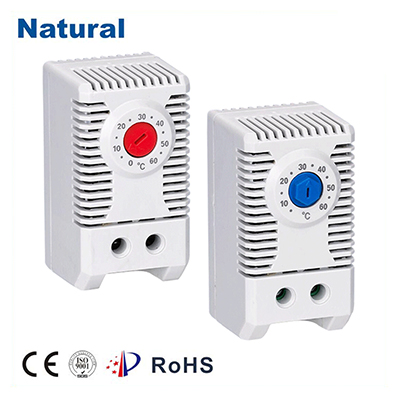A bimetal thermostat thermostat is a crucial device widely used in various heating and cooling applications. This type of thermostat relies on the principles of thermal expansion of two different metals that are bonded together. The unique functionality of bimetal thermostats makes them popular in both residential and industrial environments. This article explores the working principles, applications, and advantages of bimetal thermostat thermostats.

Working Principle

Bimetal thermostats consist of two distinct metals, typically a steel and a brass or copper alloy. These metals have different coefficients of thermal expansion, meaning they expand and contract at different rates when subjected to temperature changes. When the temperature rises, the metal with the higher coefficient of expansion will expand more than the other metal, causing the bimetal strip to bend. This bending action can be harnessed to open or close electrical contacts, thereby controlling the heating or cooling system. The mechanism is relatively simple yet effective. The thermostat is calibrated to operate at a specific temperature. When the ambient temperature reaches this threshold, the bimetal strip activates a switch that either turns the heating system on or off, depending on whether the thermostat is designed for heating or cooling. This process ensures that indoor environments remain at comfortable temperatures, providing comfort and energy efficiency.

Leave a Reply